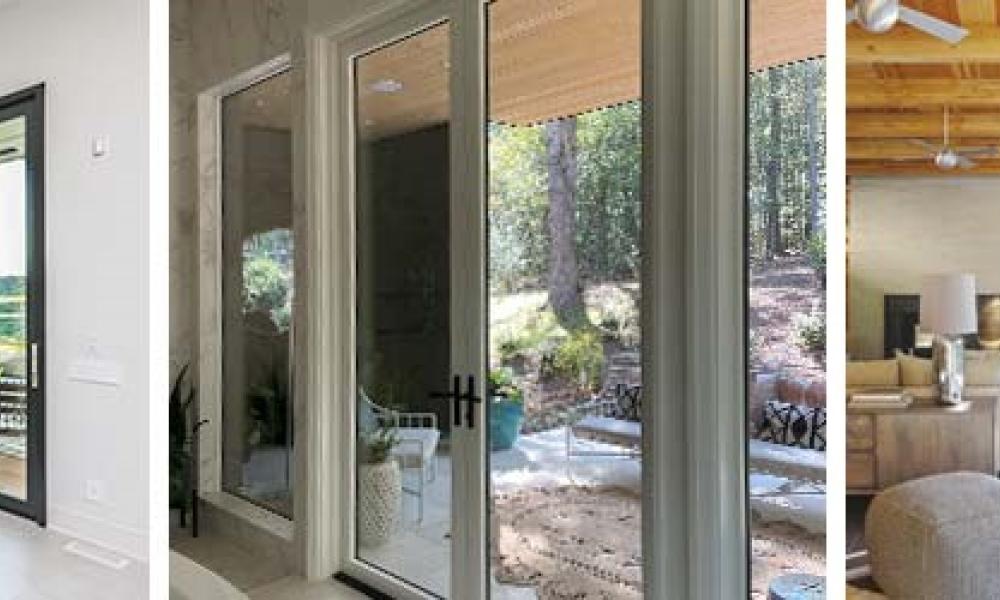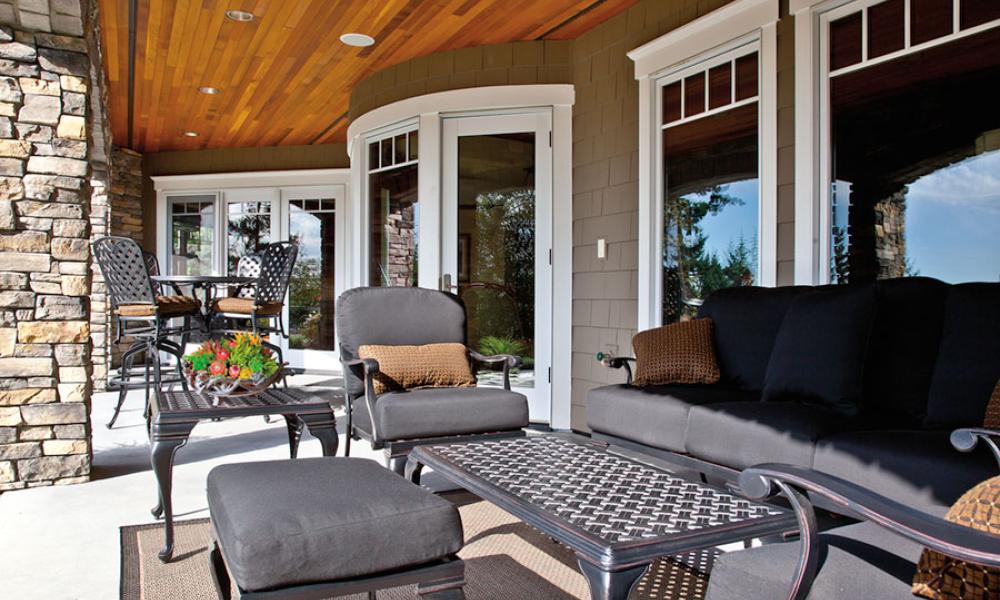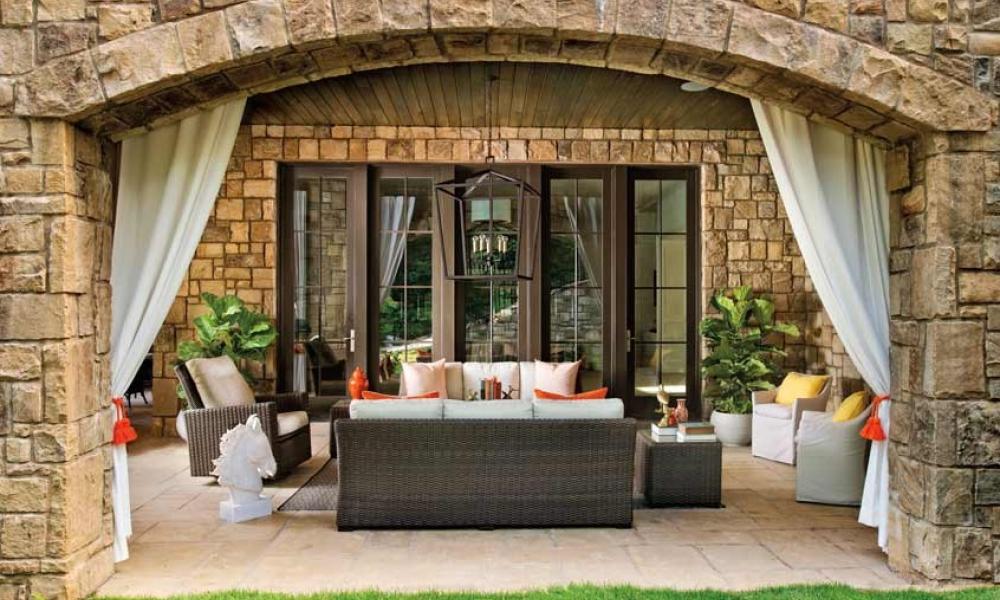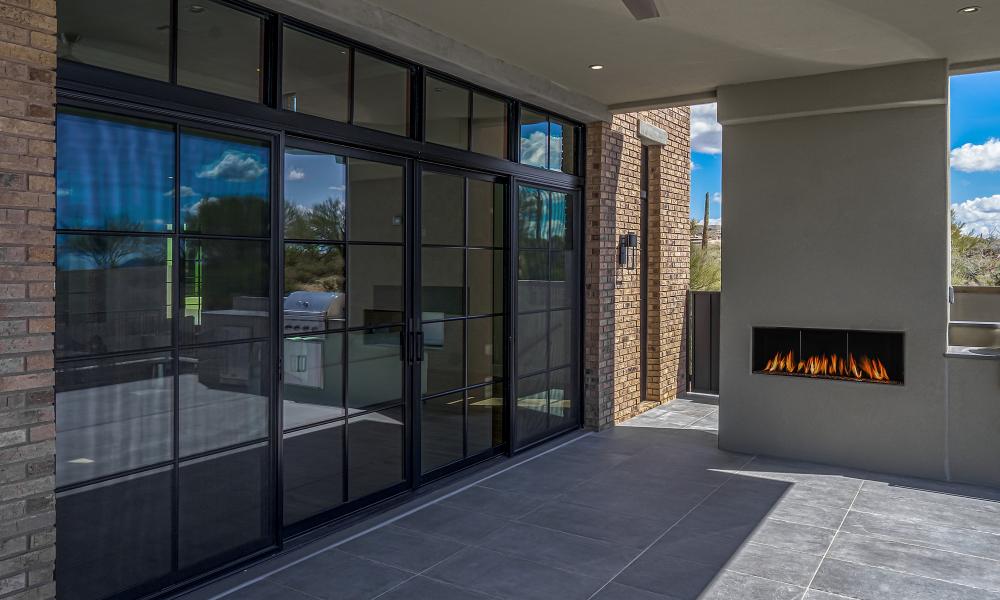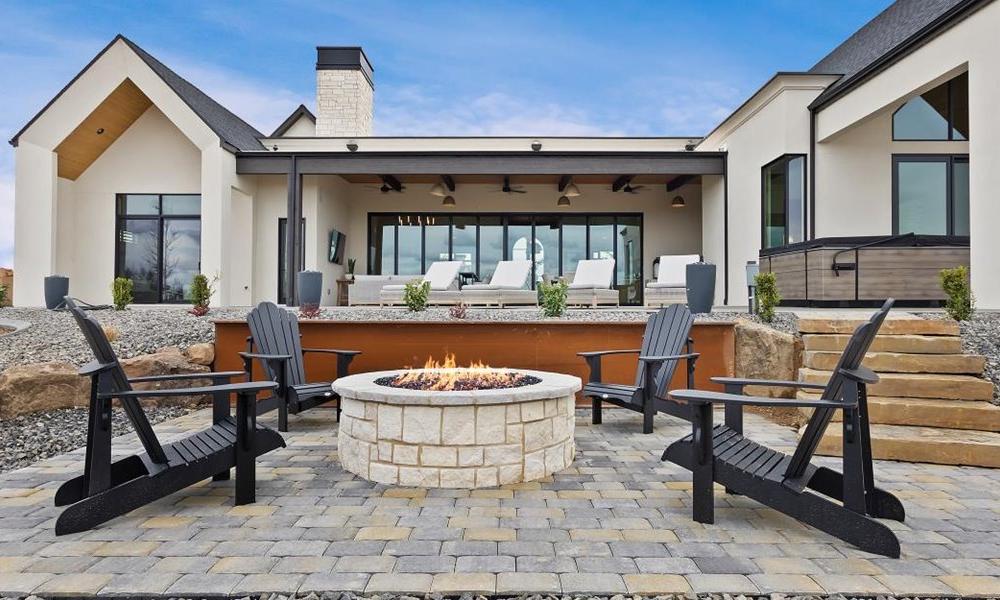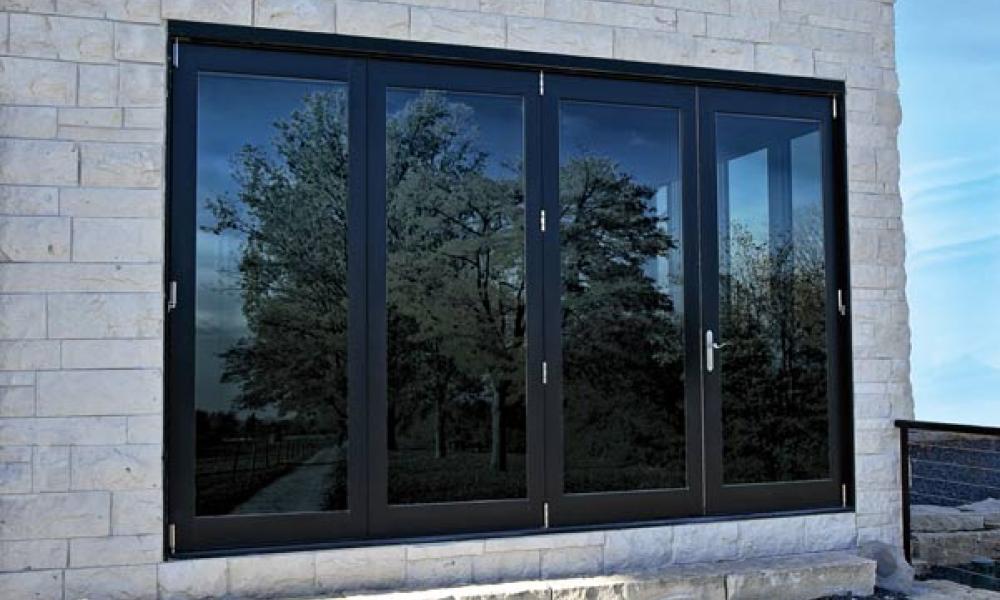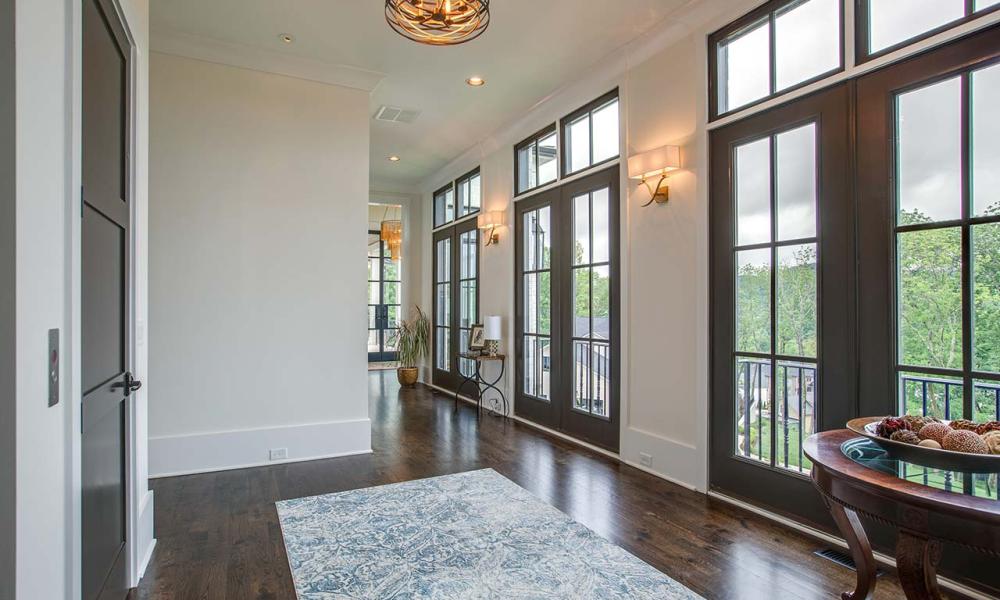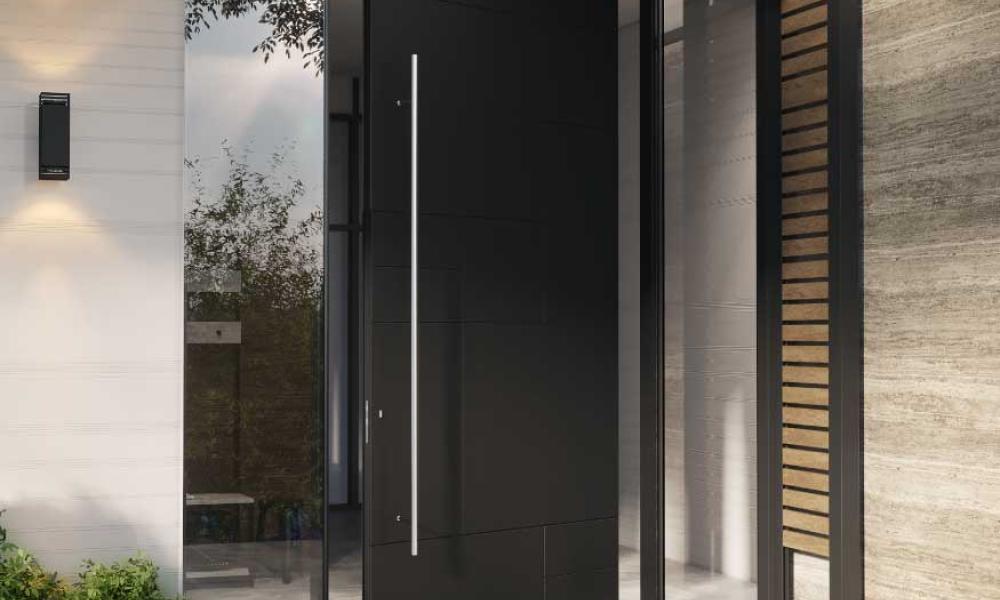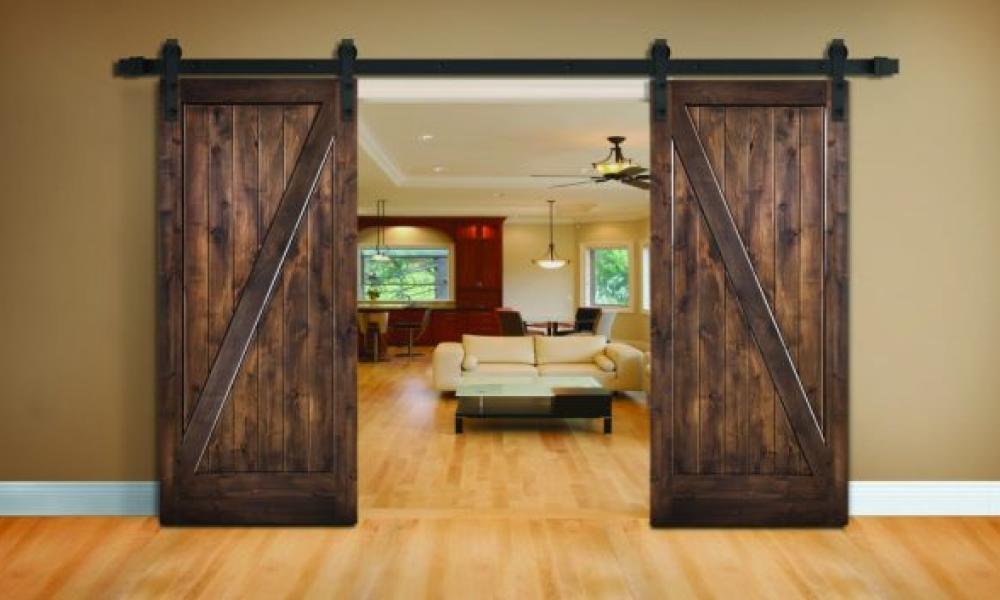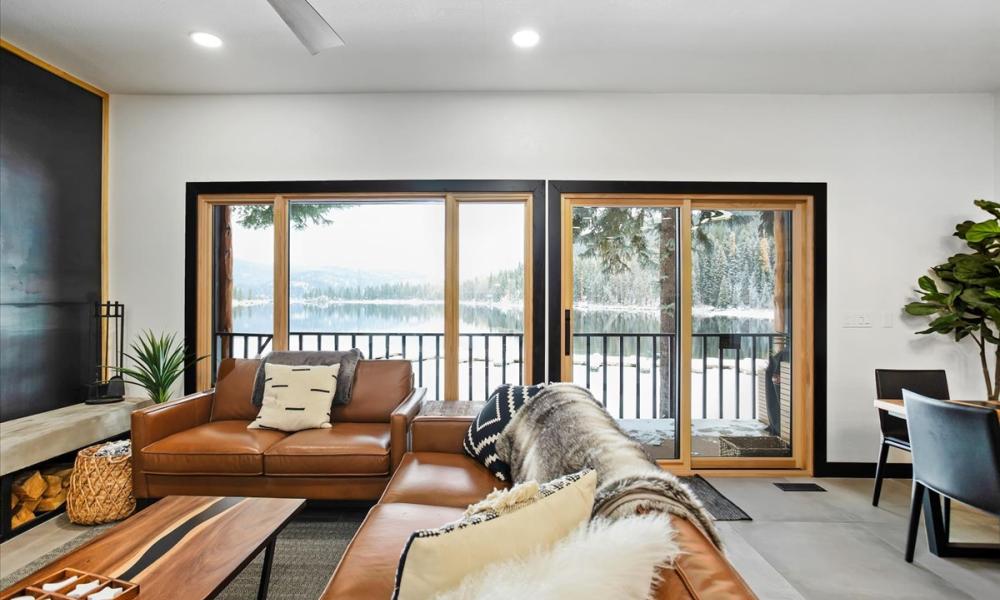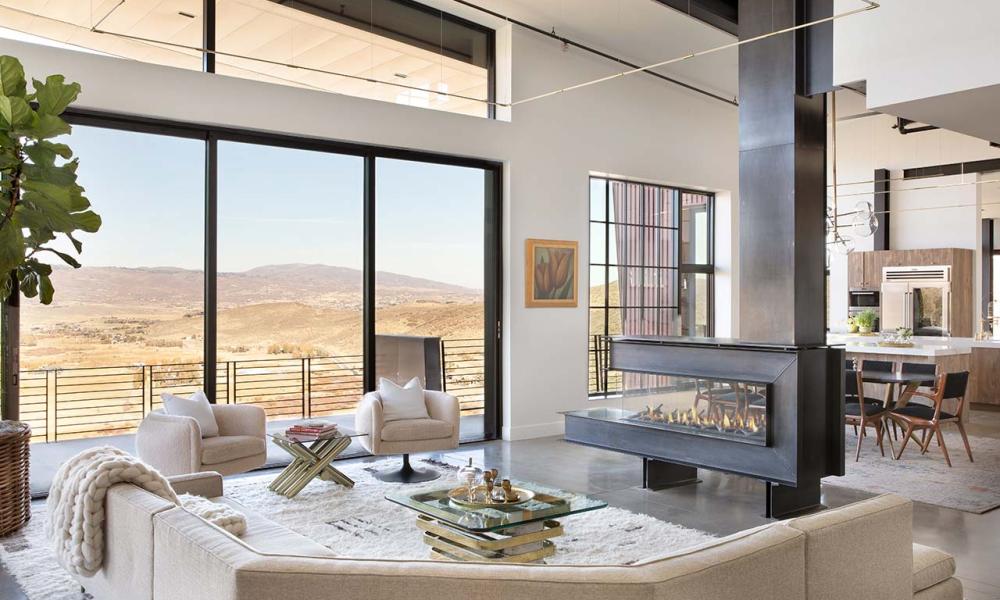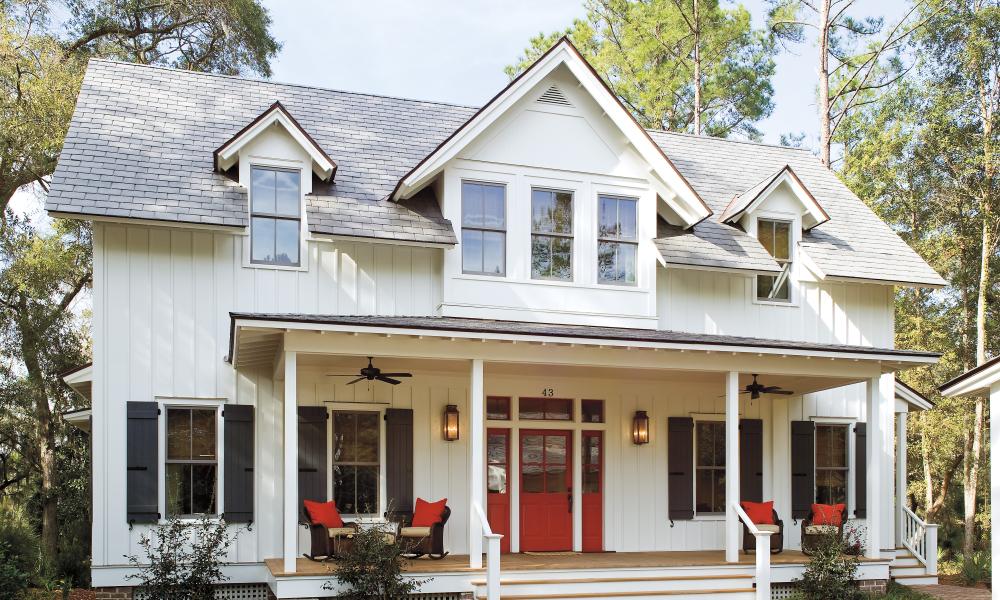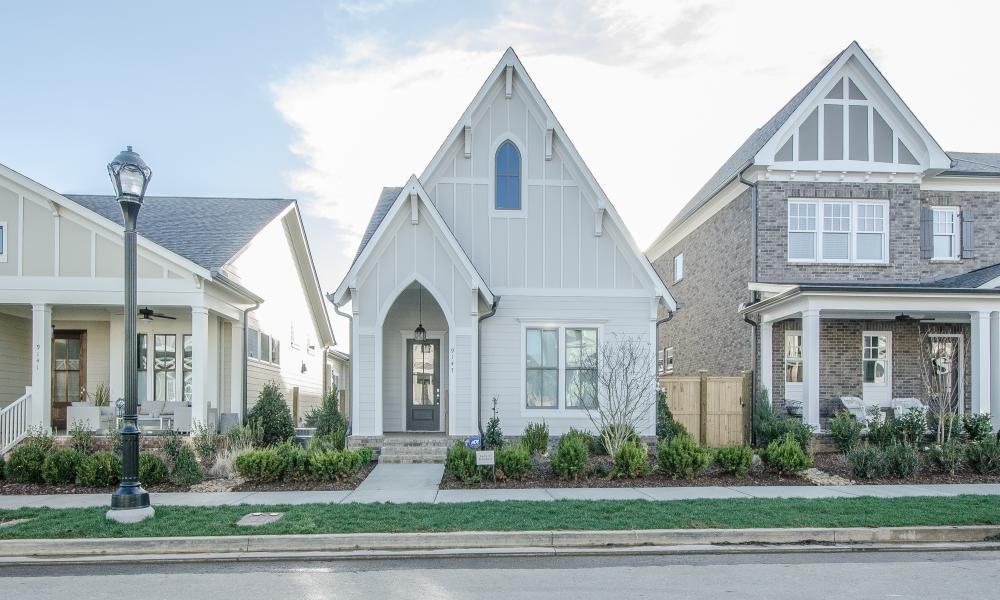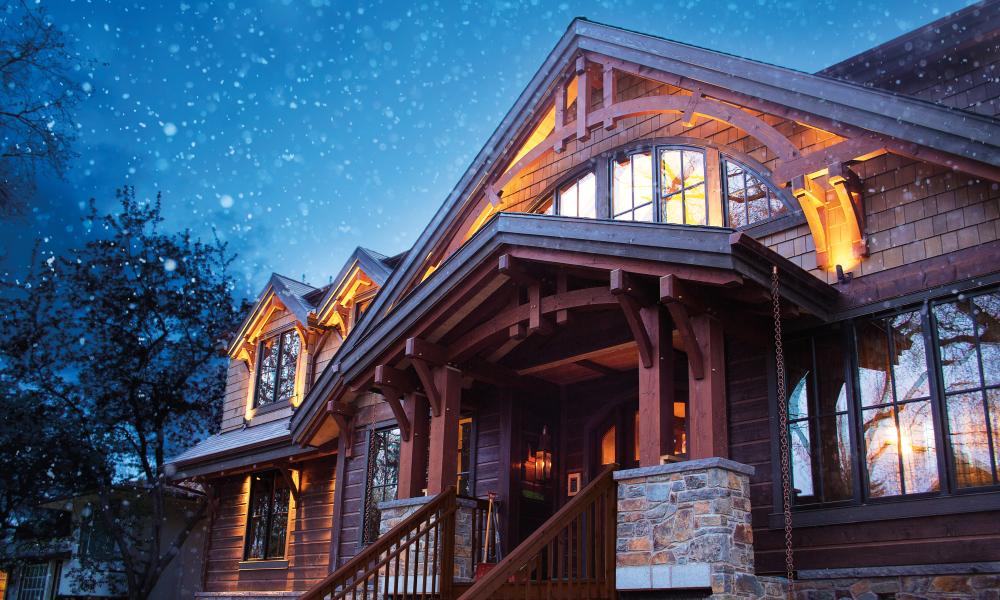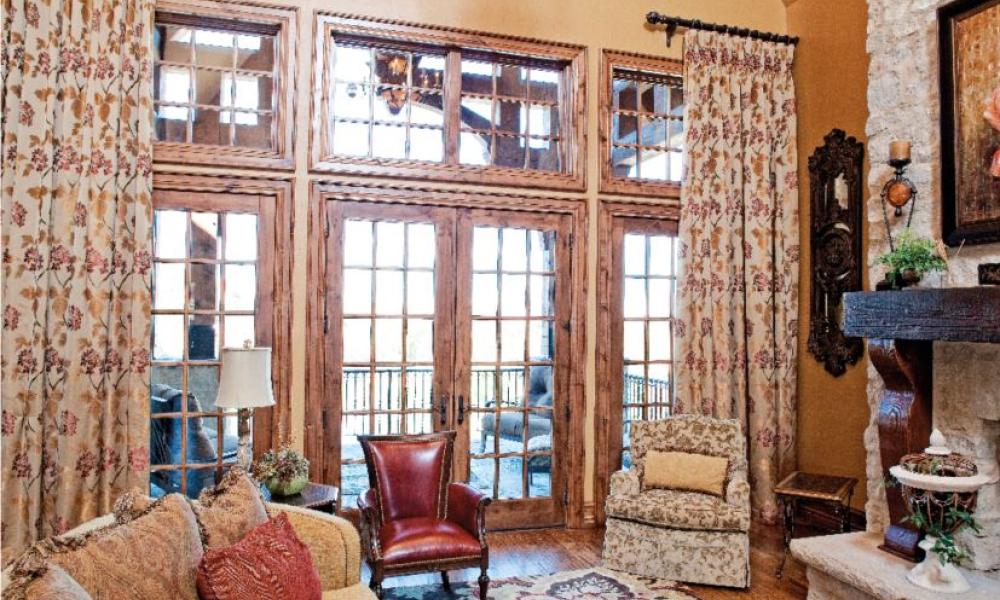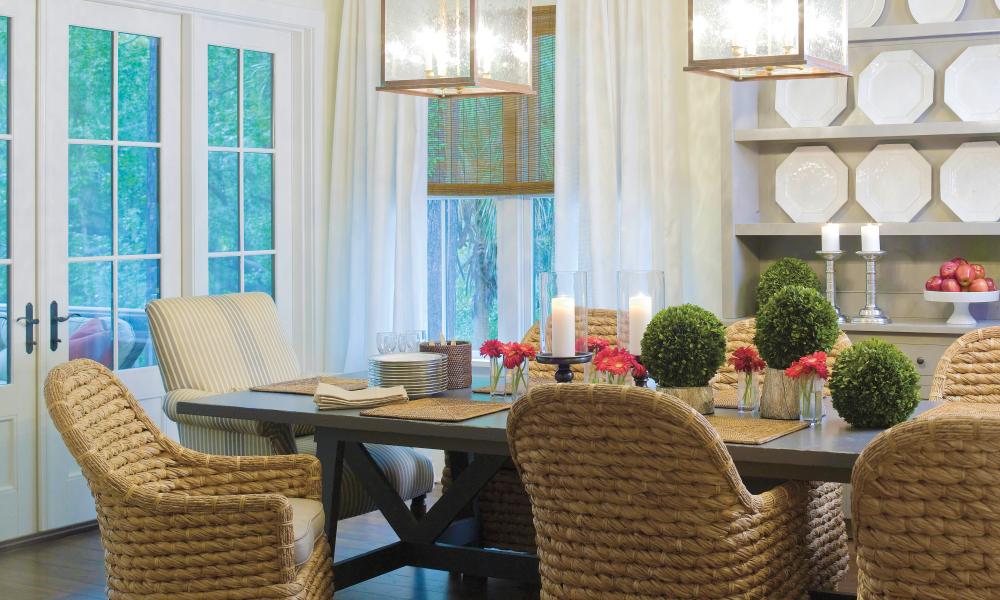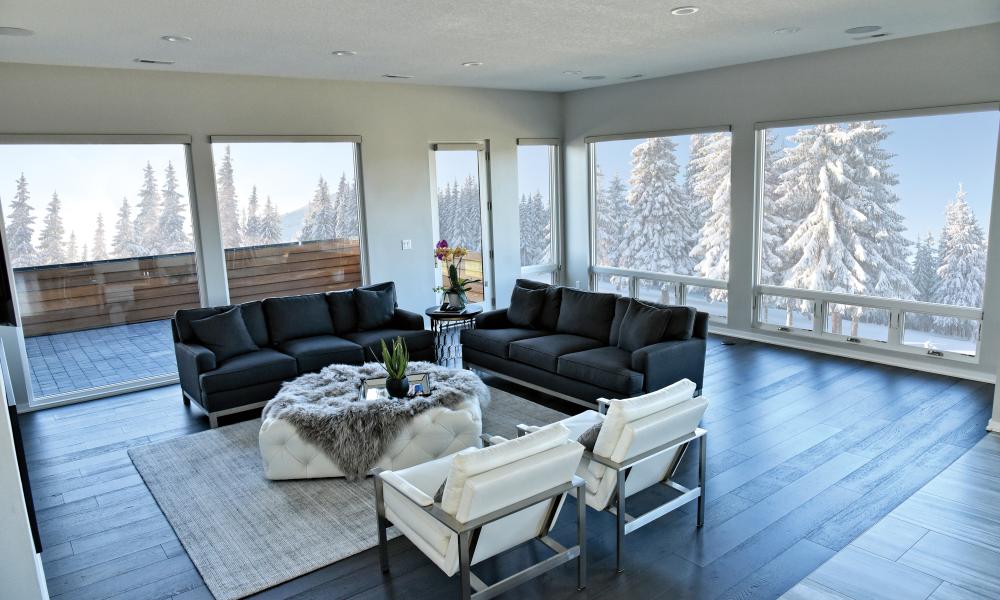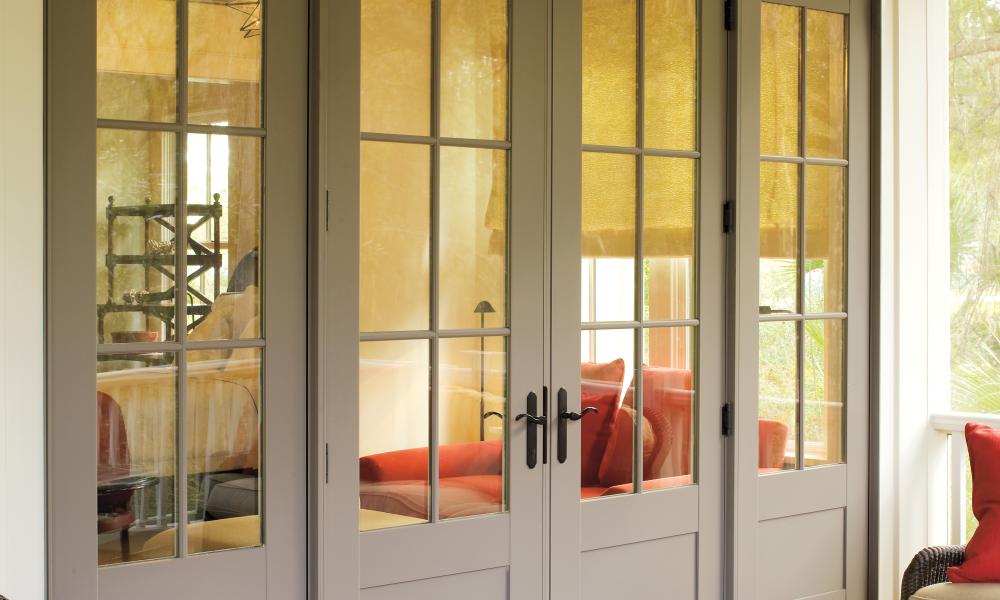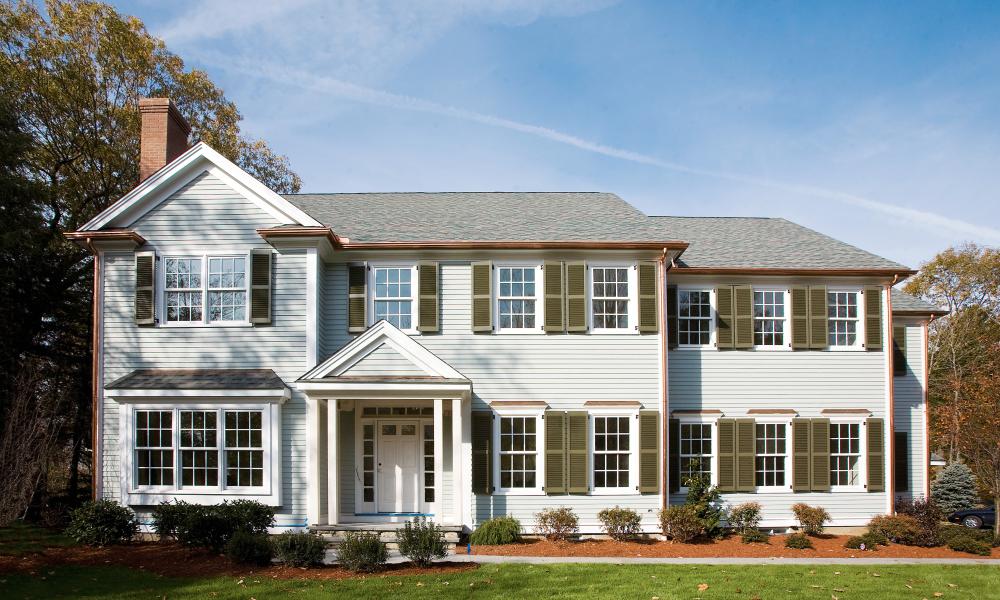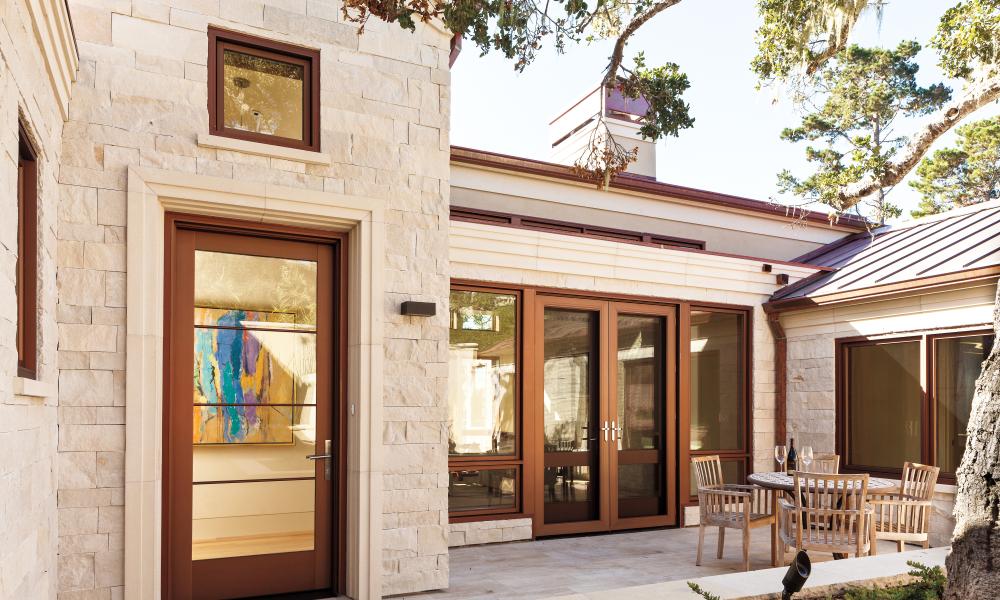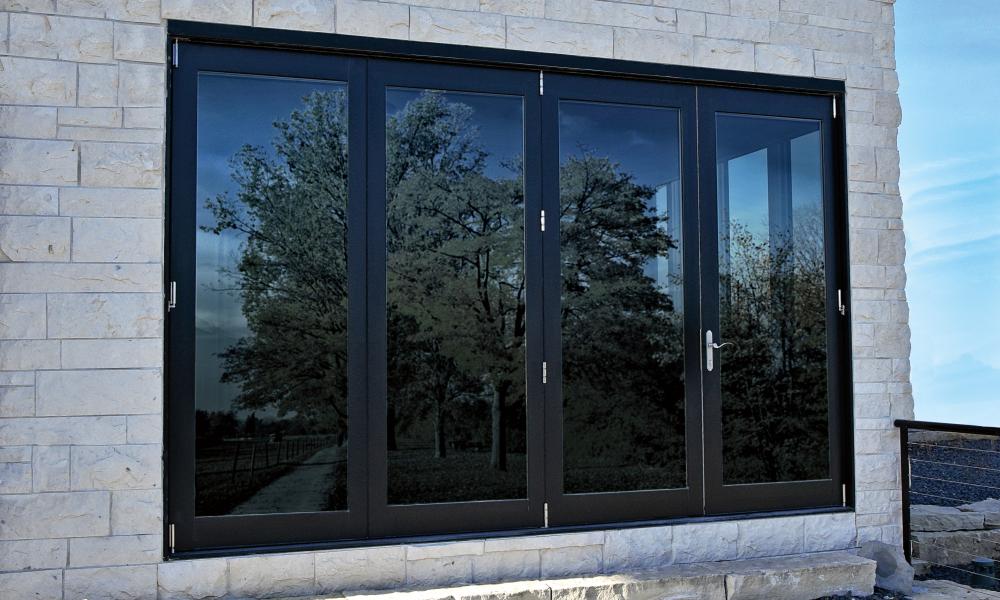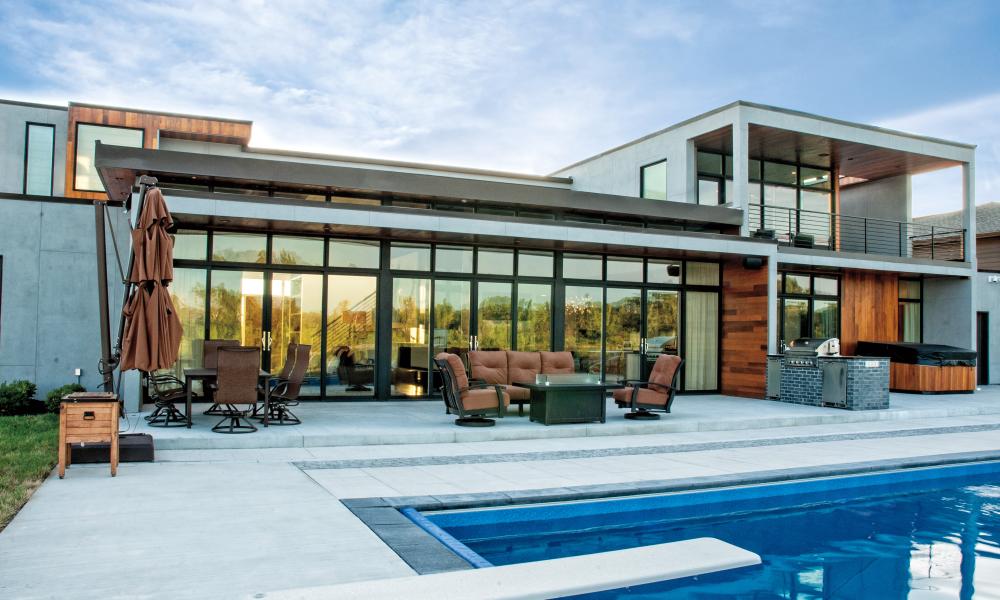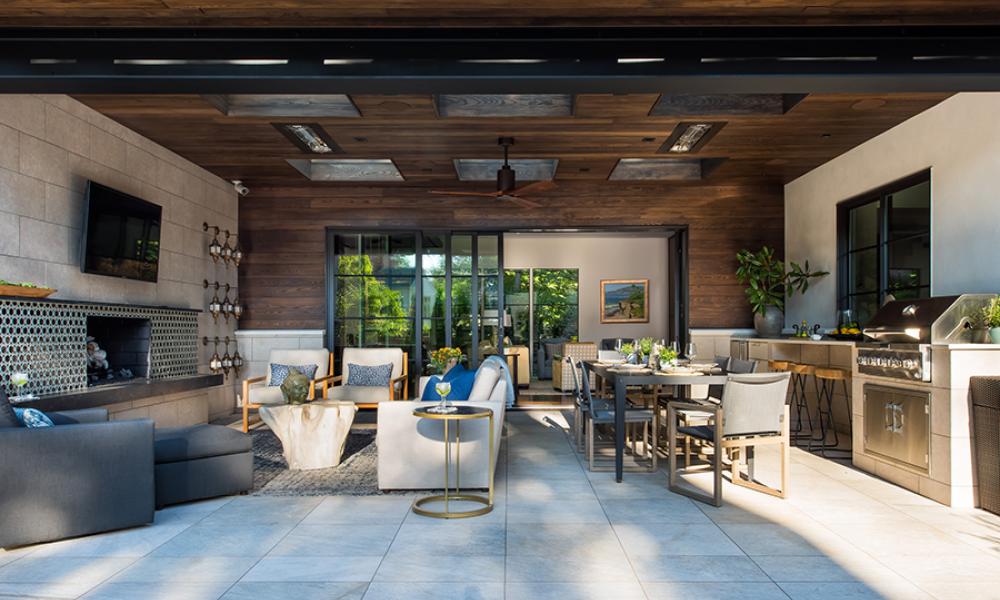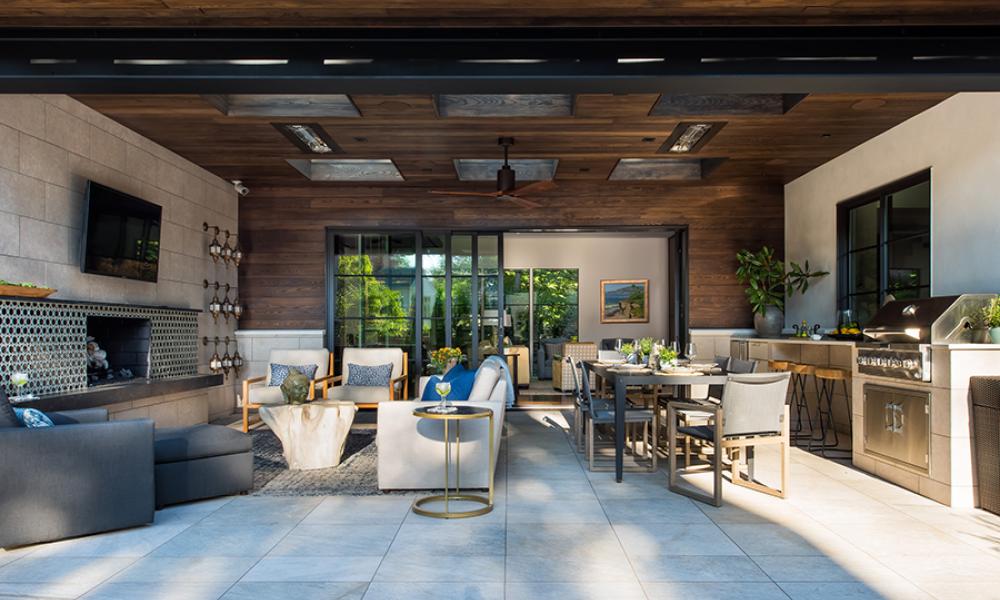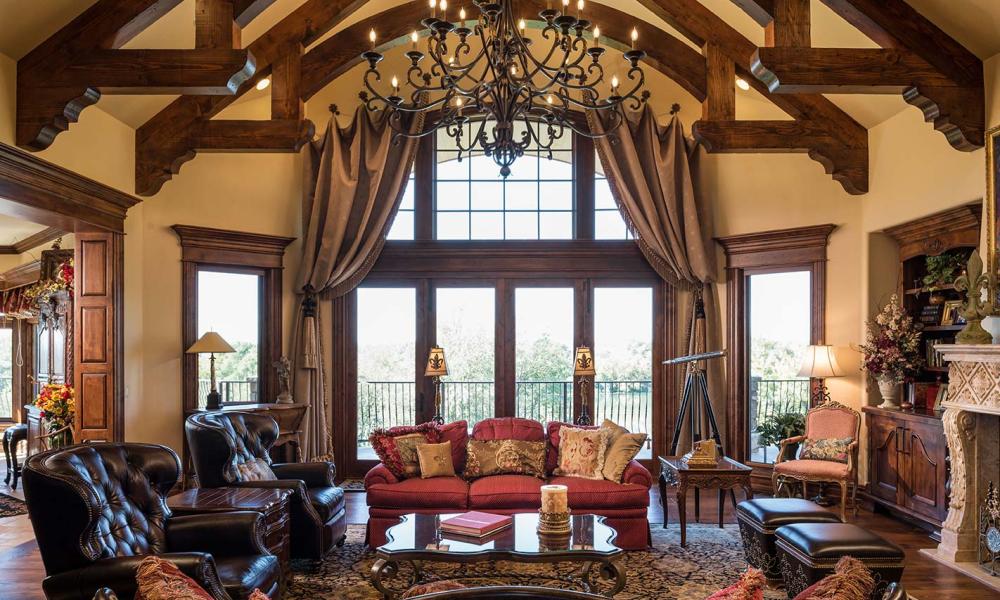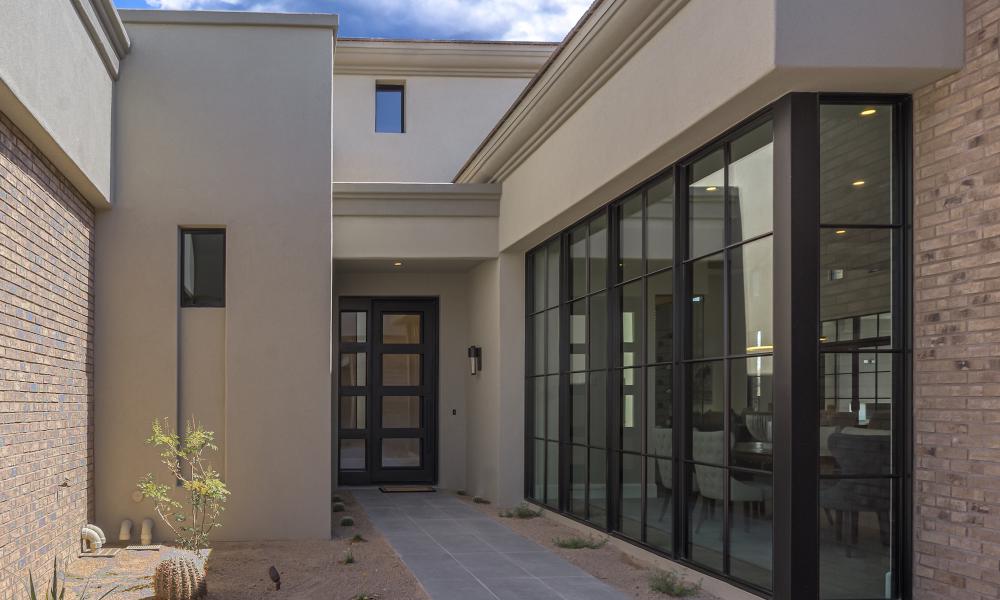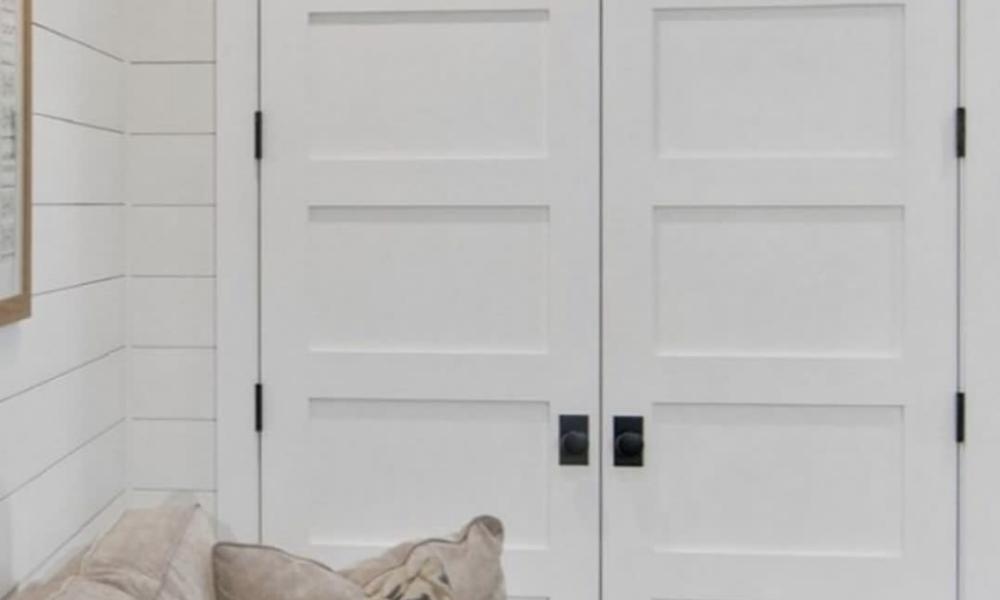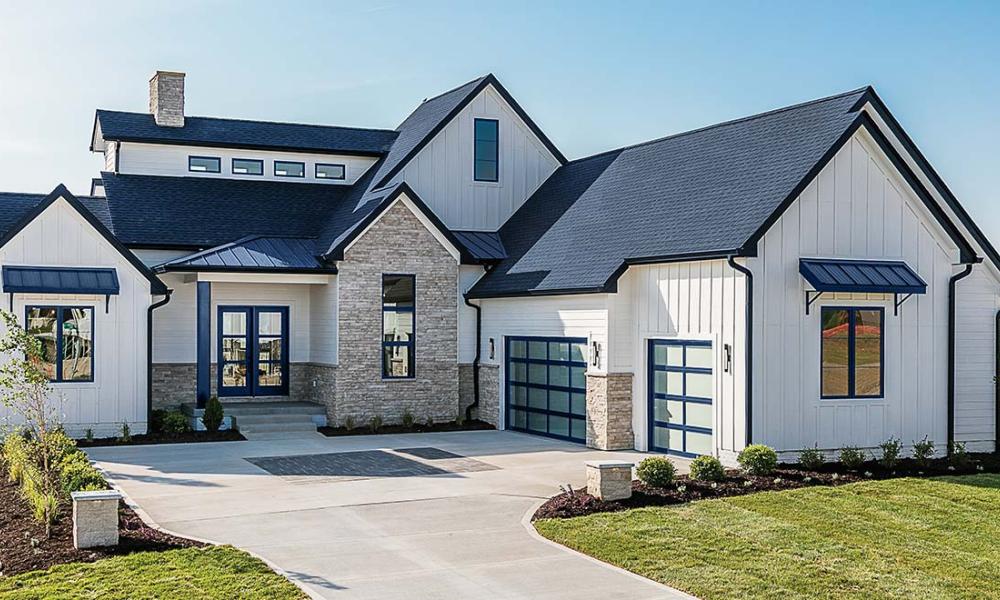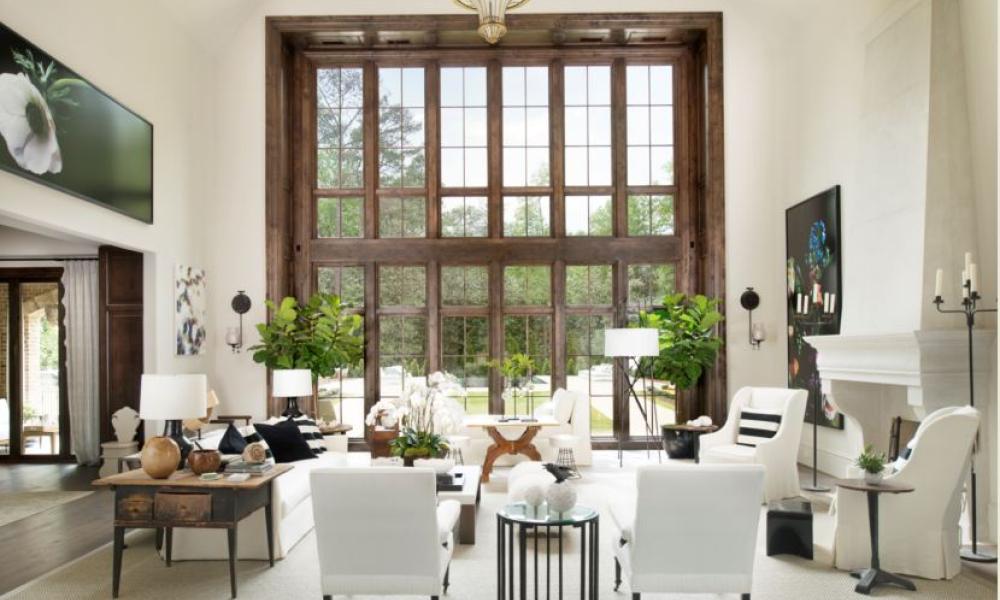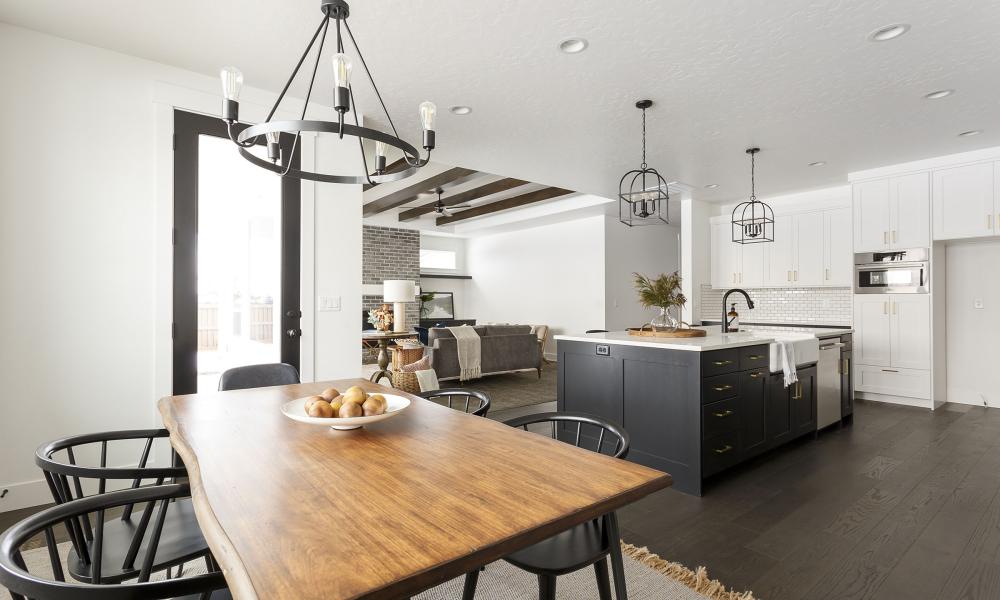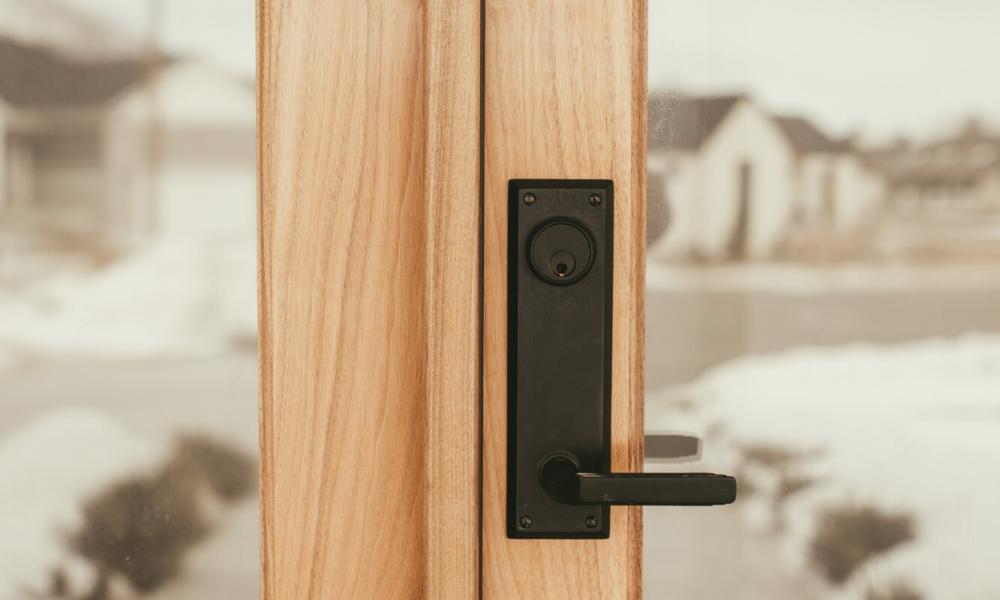When Are Doors Considered Old?
Doors are more than just entryways to our homes; they serve as guardians of our privacy, security, and comfort. Over time, however, even the most sturdy and well-crafted doors can show signs of aging. In this blog post, we'll explore when doors are considered old, the telltale signs of aging doors, the potential risks they pose, and the solutions to address this issue.
Signs That Doors Are Aging:
- Difficulty in Opening and Closing: Doors that no longer swing smoothly, stick in their frames, or require excessive force to open or close are clear indicators of aging. This can be due to warping, worn-out hinges, or settlement of the house over time.
- Visible Damage: Cracks, dents, and peeling paint on the surface of the door are evident signs of wear and tear. These issues not only affect the aesthetics of your home but can also compromise the structural integrity of the door.
- Drafts and Air Leaks: If you feel drafts or notice air leaks around your doors, especially in the gaps between the door and its frame, it suggests that the weatherstripping or seals have deteriorated, making your home less energy-efficient.
- Security Concerns: Older doors may lack the security features of modern counterparts, making them easier targets for break-ins. This is a significant safety risk for your home and family.
The Risks of Old Doors:
- Energy Inefficiency: Doors that allow air leaks can significantly impact your home's energy efficiency, leading to higher heating and cooling bills.
- Security Vulnerabilities: Aging doors may have weakened locks or frames, making your home more susceptible to burglaries and break-ins.
- Safety Hazards: Doors that are difficult to open or close pose safety risks, especially in emergencies. They can impede your ability to exit quickly in the event of a fire or other emergencies.
Solutions for Aging Doors:
- Door Replacement: If your doors show multiple signs of aging, it's often best to consider a complete door replacement. Newer doors come with enhanced security features, better insulation, and improved aesthetics.
- Door Repairs: In some cases, minor repairs can extend the life of your doors. This might include fixing or replacing damaged panels, resealing gaps, or upgrading the hardware.
- Weatherstripping and Sealing: Replacing weatherstripping and seals can improve the energy efficiency of your doors, reducing drafts and air leaks.
- Security Upgrades: Consider adding security features like deadbolt locks, peepholes, or a security bar to strengthen the security of your doors.
- Regular Maintenance: To prolong the life of your doors, conduct regular maintenance, such as repainting, lubricating hinges, and cleaning hardware.
Knowing when your doors are considered old and recognizing the signs of aging is essential for maintaining the safety, security, and energy efficiency of your home. If you notice any of the signs mentioned above, it's crucial to take action promptly. Whether you opt for door repairs, upgrades, or replacements, investing in your doors will enhance your home's overall well-being and provide peace of mind for you and your family.
***For more information or to see these products in person, visit one of our showrooms located near Boise, Treasure Valley, McCall, Ketchum or Sun Valley**
